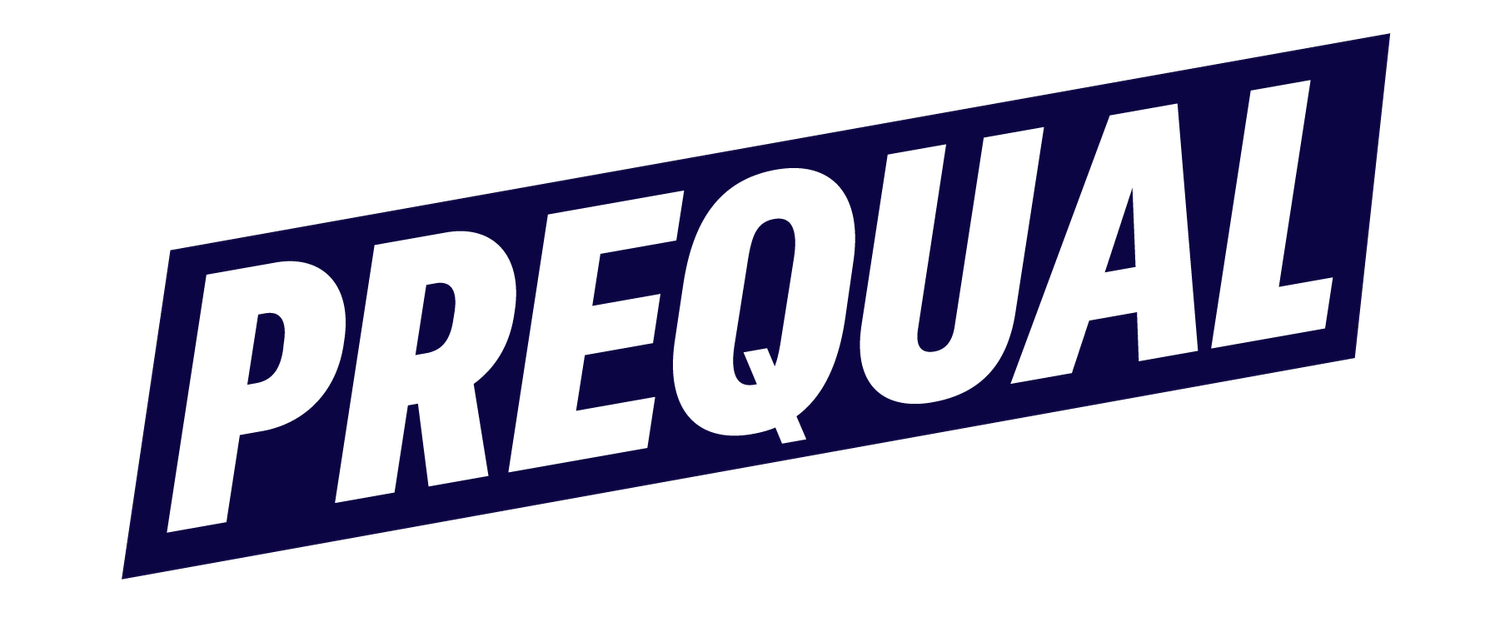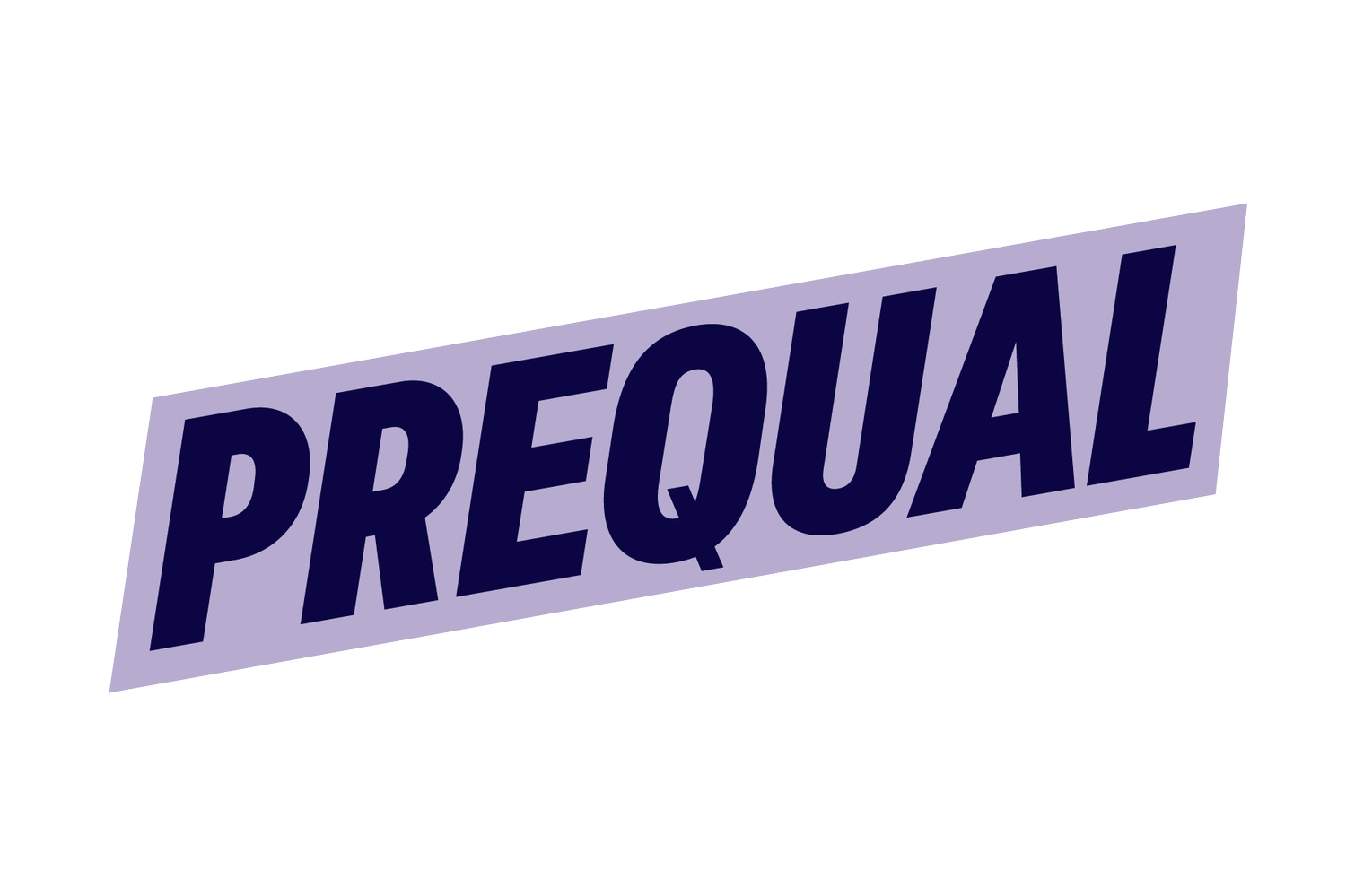How To Plan For and Achieve Your Revenue Goals
If revenue generation is at the top of your mind in your annual plan, this post is for you. This time of year is planning season, and I'm willing to bet that revenue is top of mind if you're doing annual planning.
When people talk about revenue planning, they usually think about it in one of a few ways:
Increase their income.
Make the same amount of money and work less.
Shift the type of clients they work with.
Shift the kind of work they do.
If revenue goals are part of your annual plan and you need help figuring out where to start, you're in good company. It is reasonable not to know where to start because you could do a million things. There will never be a shortage of sales and marketing activities. And let's be completely honest: sales and revenue can be overwhelming. Where do you even begin?
The disconnect we often see is people start by thinking about activities tied to revenue generation, but that's putting the cart before the horse. They need to plan their time according to their revenue or income objectives, and the best way to do that is to reverse engineer it.
All too often, people think and act without the end goal in mind. They think I need to go to this conference, meet this person, do an ad, etc. They decide on activities without first knowing what the goal is and what priorities they should place on specific activities.
So, if you were a Prequal client, here's how we’d coach you to plan related to your revenue goals.
Your Annual Revenue Planning Process
To plan revenue generation activities, we will examine your relationships using Prequal's WMN Method—what business do you need to win, what opportunities do you need to monetize, and what relationships do you need to nurture? Win, maintain, nurture—those are your buckets. Let's go through each step-by-step.
Step 1: Start with your goal.
Start with the end goal in mind. Let's say you own a small consulting business and want to make $100k next year. That's the goal, so now it's your job to figure out how to get to that number.
Step 2: Identify your nurture clients.
Consider your current clients. Chances are you have clients who you can depend on for continuing work in the New Year. Let's say you have two reliable clients you can count on for $20k worth of business each. With those two clients, you can rely on $40k in on year, narrowing your income gap to $60k.
Smaller projects will likely come to you throughout the year, too. You may not know where they're coming from or who the clients will be. Still, historically, three opportunities pop up throughout the year, and on average, those combined opportunities are worth $10k.
So, half of your $100k goal is already accounted for—way to go.
Step 3: Monetize.
Are there opportunities you can monetize further? Let's say a client comes to you for occasional work, and last year, they spent $10k with you. But with this client, you know there's potential to take on more work or grow the relationship to $20k. If you can close that $10k gap, you've now accounted for another $10k in revenue.
We've whittled your $100K goal to $30k worth of new business. Which brings us to step 4.
Step 4: Win new business.
You want to generate $30k worth of new business using the numbers in this example scenario. That's far less daunting than the $100k figure we started with. But still, this is new business you need to win, so let's figure out where it's coming from.
When it comes to sales, we always start with the who, so it's not surprising that if we’re looking for new business, we will look first within our own network. We will use a network audit and lead qualification system to help us pinpoint two critical factors for this bucket of work. You need to ask:
Who do I know that can become a client? Who do I know that can connect me to new business?
How qualified is that opportunity, and what information do I need to gather to qualify my most promising leads?
By evaluating your network, you will spot the opportunities within your grasp. And by qualifying each opportunity, you'll know how close you are to winning that business. Finding $30k from your existing network is much easier than finding $30k from unknown people and places.
Step 5: Create an action plan.
You've identified your WMN objectives – the business you need to win, monetize, and nurture. You know your priorities, so you can create an action plan matching the opportunities under each of these buckets.
Get a Word doc, excel doc, planner, or whatever you need to lay out columns for these three buckets or work. You can look at each bucket through the lens of the objective:
Win: Who do I need to talk to, and what do I need to do to qualify and secure $30k in new opportunities? Thinking through this helps you determine if it's a better use of your time to attend a conference, place an ad, or reach out to a contact to ask for an introduction or referral.
Monetize: Which of my contacts do I need to talk to about securing additional business? Explore those opportunities with lead qualification and revenue generation in mind. Get curious and client-centric.
Nurture: What do I need to do in order to secure and protect my existing relationships? Would these clients benefit from a quarterly meeting? Weekly email check-ins? What can I do to ensure that these critical relationships are secure? (Psst...I have a great free resource for key account planning. Download it here)
When you can answer each of these questions and identify the actions you need to take, your most significant sales activities will rise to the top. All you need to do then is plot them on your calendar and take action.
Why This Process Works
All too often, people get overwhelmed thinking about the entirety of what they need to do in the coming year to meet their one big revenue goal. But looking at the final number won't show you the path. You must start by setting an objective and then breaking it down into bite-sized chunks.
Sales must always start with the who, whether you're trying to win new business, grow the relationships you have, or guard the ones you want to keep. We plan any other way to our detriment. Sales, in its truest form, is about relationships. No matter what sales conversation you're in, you're still a person speaking to another person.
Taking this approach to sales and following this process will save you time, and in our experience, it will most likely make you more money. Cheers to your success this year and beyond.


